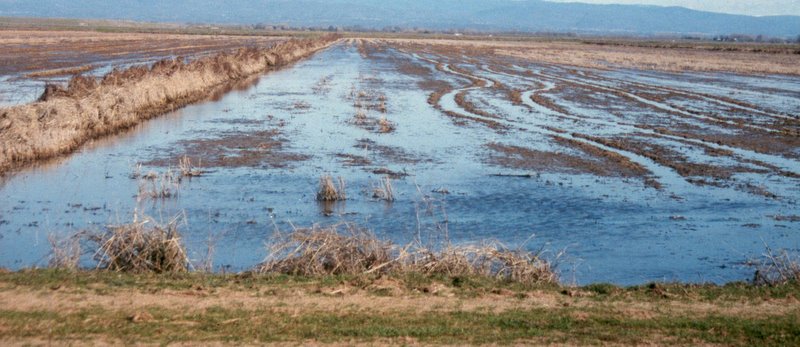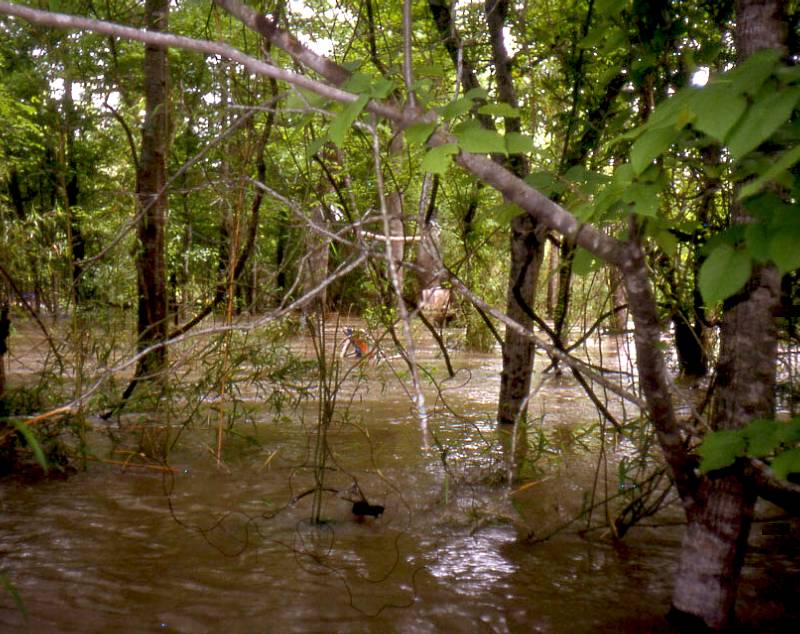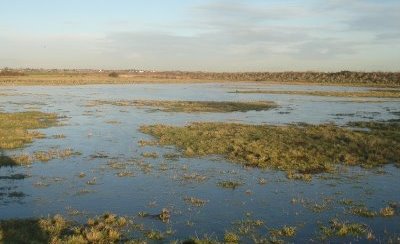Waterfowl, including ducks and geese, will find solid habitat along the Texas coast this year thanks to the United States Department of Agriculture Migratory Bird Habitat Initiative. If you are a landowner along the Texas coast and are interested in wetland or waterfowl management then I suggest you make contact with the Natural Resources Conservation Service (NRCS) and look at getting involved with their program to provide goose and duck habitat.
Priority areas in Texas are in Brazoria, Calhoun, Chambers, Colorado, Fort Bend, Galveston, Harris, Hardin, Jackson, Jefferson, Liberty, Matagorda, Orange, Waller, and Wharton counties with secondary priority given to the adjacent counties that include Aransas, Austin, Fayette, Grimes, Jasper, Lavaca, Montgomery, Newton, Polk, Refugio, San Jacinto, Tyler, Victoria and Washington counties. Continue reading Duck Habitat: NRCS Has Money for Management


